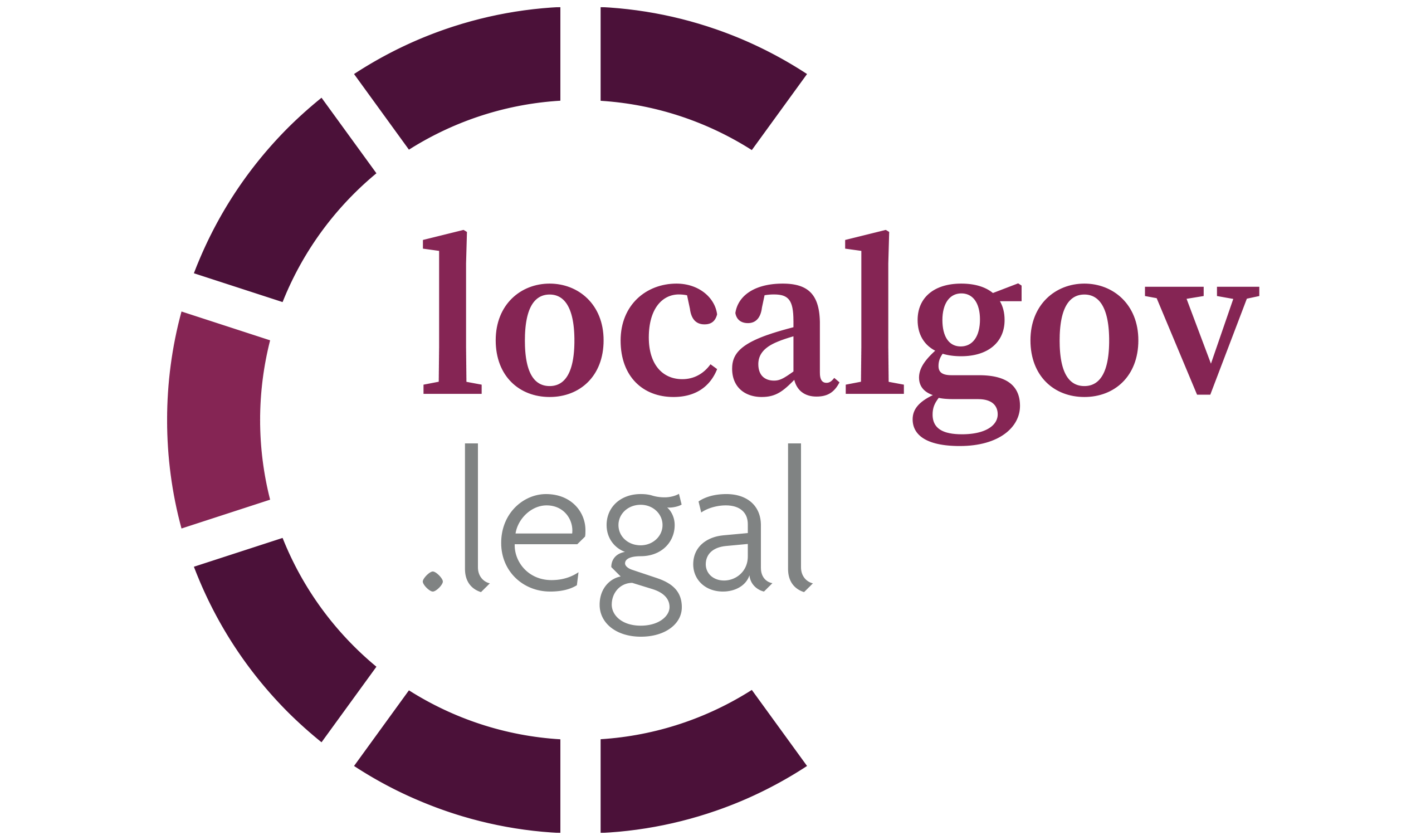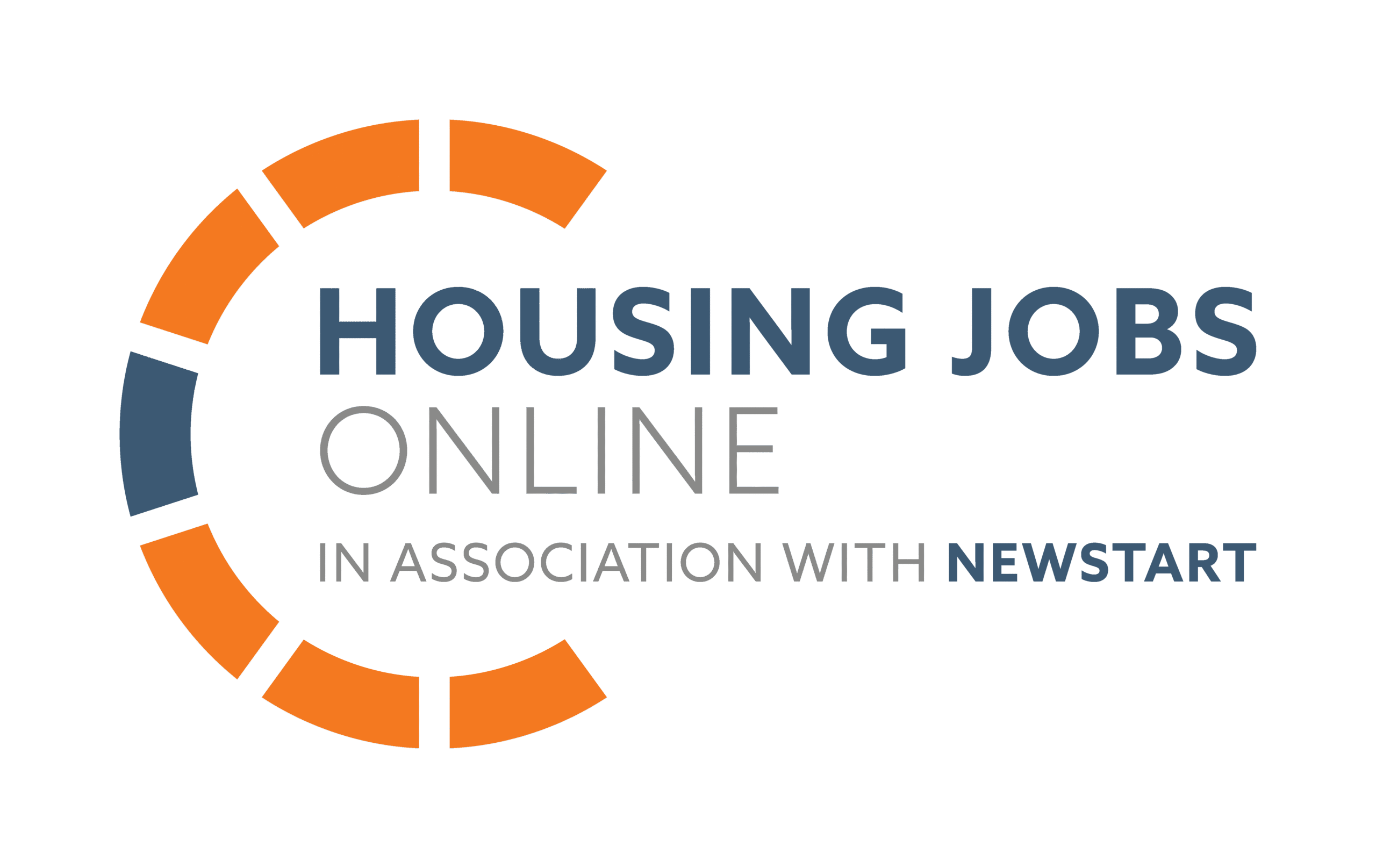Last month saw the beginning of introducing a new scheme to monitor standards of social housing in England. In this feature, Catherine Little, director of Campbell Tickell discusses what’s changing and what still needs to be done.
1st April 2024 marked the start of a new regulatory regime for English social housing providers. A new set of consumer standards, with a proactive programme of inspections, came into force, as well a statutory complaint handling code and new powers for both the Regulator of Social Housing (RSH) and the Housing Ombudsman. The date signalled some stark changes.
That’s at least partly true. At our recent webinar in March, more than 200 attendees heard that the regulator’s approach will: be steady; roll out across a four-year cycle of inspections; and be a process of continual learning for providers.
Here we discuss the key themes of the webinar, as well as drawing on the recently published documents from the RSH and Housing Ombudsman.
Finalising the consumer standards
The high level of support for the consultation, particularly from tenants, has provided credibility for the approach and more details. As such: the four standards remain the same; the thematic headings are largely unchanged; and the Code of Practice has been amended, only to provide greater clarity in some areas.
Consultation changes
The key differences in the final standards are:
- Changes to the Neighbourhood and Community standard: An increased focus on the safety of shared spaces (not shared space overall), and clearer focus on anti-social behaviour and hate incidents, within the context of safe neighbourhoods
- Extension of some requirements to prospective tenants: For example, understanding diverse needs as appropriate
- Extension of the tenant engagement requirement: Such as providing feedback on the impact of engagement to tenants
- Adding requirements for the provision of tenants’ rights and complaints information based on government direction
The code of practice has been updated with further examples and clarification. Alongside the expectation to collect and use data about their tenant base, landlords may also use external data and information to meet the requirements around diverse needs. Confirmation has also been added that landlords need to be aware of legal requirements, the advice of the Information Commissioner’s Office (ICO) and tenant privacy.
Changes still to come
- Awaab’s Law (consultation closed in March)
- Competence and conduct standard (consultation closed in April)
Regulatory standards: it starts with the board
The RSH co-regulatory approach is based on the principle that the board or councillors is responsible for compliance with regulatory standards, including as publishing information to tenants and self-referral to the Regulator in cases of material non-compliance.
In practice this means that board members/councillors will need to seek assurance that regulatory standards are being met. Those organisations that have completed a gap analysis with the draft standards are in a good place to review and move forward. Others should complete a compliance assessment now.
Inspections
Updated detail around proactive inspections and the publication of results includes a couple of unheralded, but unsurprising details. These include:
- The potential for the Rent Standard to be included in local authority inspections. (See: How we approach regulatory judgements and gradings)
- A confirmation of a four-year inspection cycle, with more visits where risk is found, and a six-week notice period
- While inspections for local authorities won’t be carried out during a local election, the RSH makes no such commitment for reactive engagement
- The inspections will consist of a document review and follow-up observations of board and the relevant customer committee or scrutiny group. Interviews will follow, likely with: the executive team (together or separately); the Chair; the Chair of audit committee; and possibly Chair of customer committee (or the equivalent)
- A range of tenant engagement mechanisms ranging from time spent with a tenant scrutiny group (without staff present) to neighbourhood walkabouts, surveys, or something else
- Proactive inspections will result in Regulatory Judgements, and a consumer ‘C’ rating – for housing associations added onto the existing G and V ratings. The Regulator has been consistent in setting a likely range of outcomes from C1 to C4 and has dampened expectations around many C1s – although their documentation makes clear that this must be the ambition and accepted level
- The use of Regulatory Judgements will expand to cover reactive engagement, including with smaller providers, although the RSH will continue to apply a rating only to Registered Providers over 1000 homes
Navigating regulatory changes
The number of changes from 1 April 2024 may feel quite overwhelming, but some central messages emerged during our webinar about how best to navigate and adapt.
- Organisational culture is central to meeting the new regulatory requirements
- Curiosity at board level is crucial: look beyond the basics and ask the right questions
- Good quality data is essential to meeting the standards: holding the right data about property, people and services (including complaints) – and using this to inform decisions
- Ensure residents have an active seat at the table: move beyond engagement to real inclusion and influence
- Finally, the importance of collaboration – sharing good practice, but also challenges, can help to create an environment of transparency and ambition so that the standards are the baseline of what can be achieved
Images: Matt Brown and Uta Scholl
More features:

















Leave a Reply